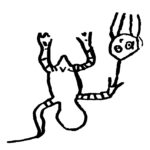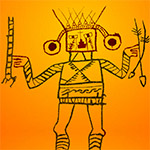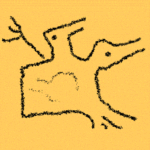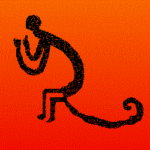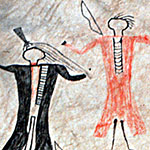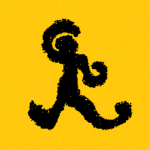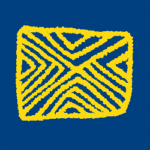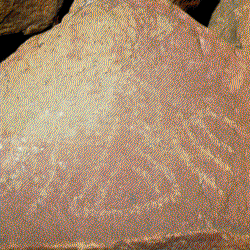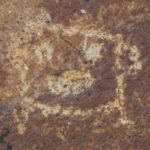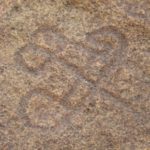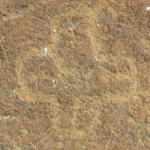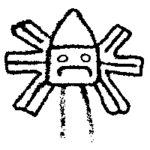 This paper presents the description of two new sites in Majes, Peru, both featuring an example of a skeleton-like petroglyph that may spiritually be linked with the Sacred Mountain of Coropuna. The documentation of those two new sites thus reveals new information about the symbolic spatial organization and ritual functions of the “Death Valley of the Andes”. It is especially hypothesized here that the specific setting of those two new sites may indicate a physical “Road to Coropuna”.
This paper presents the description of two new sites in Majes, Peru, both featuring an example of a skeleton-like petroglyph that may spiritually be linked with the Sacred Mountain of Coropuna. The documentation of those two new sites thus reveals new information about the symbolic spatial organization and ritual functions of the “Death Valley of the Andes”. It is especially hypothesized here that the specific setting of those two new sites may indicate a physical “Road to Coropuna”.
By Maarten van Hoek Read more
